The color of your living room ceiling can greatly impact the overall look and feel of the space. If you're looking for a versatile and timeless option, a neutral ceiling color is the way to go. Shades of white, cream, beige, and light gray are all great choices for a neutral living room ceiling. These colors can help create a sense of openness and airiness in the room, making it feel larger and brighter. They also serve as a great backdrop for any type of decor, whether you prefer a modern, traditional, or eclectic style. Pro tip: To add some depth and interest to a neutral ceiling, consider adding a subtle texture such as a light stucco or beadboard paneling.1. Neutral Living Room Ceiling Colors
If you want to make a statement with your living room ceiling, go bold with a bright and daring color. Think shades of deep blue, rich purple, or even a bold red. These colors can add a dramatic and luxurious touch to your space, creating a focal point in the room. When choosing a bold color for your ceiling, keep in mind the size of your living room. In a smaller space, a bold ceiling color may feel overwhelming, so it's best to stick with lighter and more neutral options. Pro tip: A bold ceiling color can also tie in with other elements in the room, such as a statement piece of furniture or a vibrant rug.2. Bold Living Room Ceiling Colors
For a cozy and inviting living room, opt for warm ceiling colors such as shades of yellow, orange, or red. These colors can create a warm and welcoming atmosphere, perfect for relaxing and entertaining. When using warm colors on your ceiling, it's important to balance it out with cooler tones in the rest of the room. This will prevent the space from feeling too overwhelming and will create a harmonious color scheme. Pro tip: Consider painting your ceiling in a warm color with a matte finish, as this can help absorb light and create a soft and inviting ambiance.3. Warm Living Room Ceiling Colors
On the other hand, cool ceiling colors such as shades of blue, green, and purple can create a calming and serene atmosphere in your living room. These colors are perfect for creating a spa-like feel in your space, making it a great choice for a relaxation area or a home office. Cool colors can also help make a room feel more spacious, so they are a great option for smaller living rooms. You can choose to paint the entire ceiling in a cool color or add accents through decorative elements such as a ceiling medallion or trim. Pro tip: To add some interest to a cool ceiling, consider using a high-gloss finish, which can reflect light and create a subtle shimmer effect.4. Cool Living Room Ceiling Colors
If you want to bring a natural and organic feel to your living room, consider using earthy ceiling colors such as shades of brown, green, and gray. These colors can create a warm and grounding atmosphere, perfect for those who want to bring the outdoors in. Earth tones can also add a touch of sophistication and elegance to a space, making them a great choice for a more formal living room. You can use these colors on their own or combine them with other warm or cool tones for a more layered and textured look. Pro tip: Consider using a faux finish technique, such as a Venetian plaster or glaze, to add some depth and dimension to an earthy ceiling color.5. Earthy Living Room Ceiling Colors
If you want to add a soft and delicate touch to your living room, consider using pastel ceiling colors. Shades of pale pink, baby blue, and light lavender can create a dreamy and romantic atmosphere, perfect for a cozy and intimate space. Pastel ceiling colors work well in rooms with lots of natural light, as they can help enhance the brightness and airiness of the space. They also pair well with other pastel or neutral colors, creating a soft and cohesive color scheme. Pro tip: To add some interest to a pastel ceiling, consider using a patterned wallpaper or stenciling technique to create a unique and eye-catching design.6. Pastel Living Room Ceiling Colors
While many people prefer to stick with lighter colors for their ceiling, using a dark color can create a bold and dramatic look in your living room. Shades of deep gray, charcoal, or even black can add a sense of depth and sophistication to your space. Dark ceiling colors work well in rooms with high ceilings, as they can help make the space feel more intimate and cozy. They also work well in rooms with lots of natural light, as the contrast between light and dark can create a stunning visual effect. Pro tip: To prevent a dark ceiling from feeling too heavy, balance it out with lighter tones on the walls and floors, and add pops of color through decor and accessories.7. Dark Living Room Ceiling Colors
Just as a dark ceiling can create a bold statement, a light ceiling can help make a room feel larger and brighter. Shades of off-white, pale gray, and light blue are all great options for a light living room ceiling. Light ceiling colors work well in rooms with low ceilings, as they can help create the illusion of height. They also pair well with other light or pastel colors, creating a soft and airy color scheme. Pro tip: Consider adding a pop of color to a light ceiling with a painted trim or decorative molding.8. Light Living Room Ceiling Colors
If you want to add a burst of energy and personality to your living room, consider using vibrant ceiling colors such as shades of bright yellow, orange, or green. These colors can create a lively and fun atmosphere, perfect for a space where you like to entertain or spend time with family. Vibrant ceiling colors work best in rooms with lots of natural light, as they can help enhance the brightness and vibrancy of the space. You can also use these colors in combination with other bold colors for a more eclectic and playful look. Pro tip: To balance out a vibrant ceiling, use neutral or pastel colors on the walls and floors, and add pops of the same vibrant color through decor and accessories.9. Vibrant Living Room Ceiling Colors
If you want to create a cohesive and sophisticated look in your living room, consider using a monochromatic color scheme for your ceiling. This means using different shades and tones of the same color, such as different shades of blue or gray. A monochromatic ceiling can create a sense of harmony and flow in the room, making it feel well put-together and visually appealing. You can also add interest by using different textures or finishes for the ceiling, such as a matte and glossy combination. Pro tip: When using a monochromatic color scheme, be sure to add some contrast and visual interest through decor and accessories in different colors.10. Monochromatic Living Room Ceiling Colors
The Impact of Living Room Ceiling Colors on House Design

Choosing the Right Color for Your Living Room Ceiling
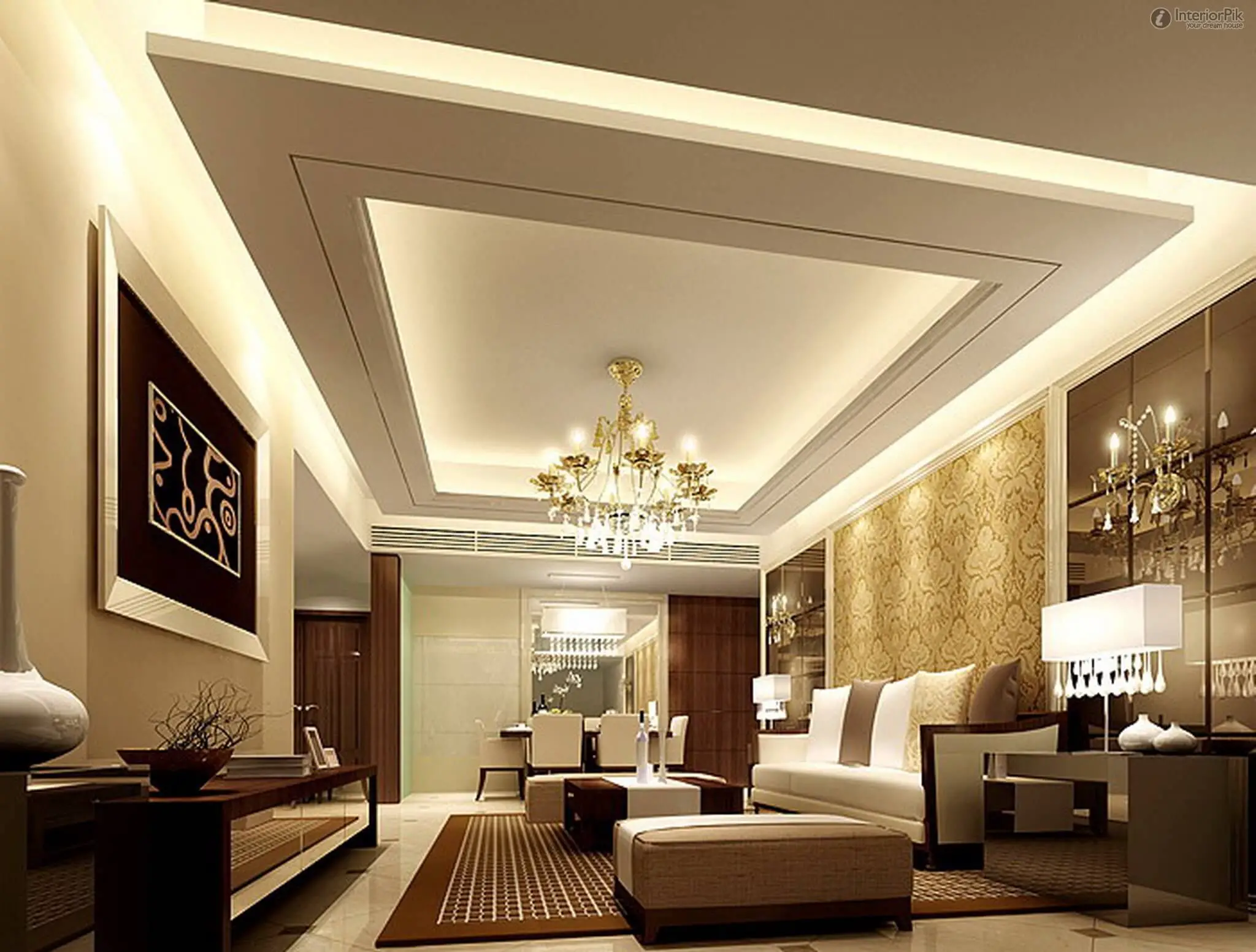 When it comes to house design, the living room is often considered the heart of the home. It's where we gather with family and friends, relax after a long day, and entertain guests. As such, it's important to create a welcoming and stylish space that reflects our personal taste and enhances the overall design of our home. One key element that can greatly impact the look and feel of a living room is the color of the ceiling.
Neutral Colors for a Timeless Look
Neutral colors are a popular choice for living room ceilings as they provide a timeless and versatile backdrop for any design style. Shades of white, beige, and gray can create a sense of openness and airiness in the room, making it feel more spacious and inviting. These colors also allow for easy pairing with any other color scheme, making it easy to switch up the overall design of the room without having to repaint the ceiling.
Bold Colors for a Dramatic Statement
If you're looking to make a statement with your living room design, consider using a bold color for the ceiling. This can add an unexpected pop of color and create a sense of drama and interest in the room. Shades like deep blue, emerald green, or even a rich burgundy can add depth and personality to the space. Just be sure to balance out the boldness with more neutral colors in the rest of the room to avoid overwhelming the space.
Using Color to Highlight Architectural Details
Another way to incorporate color into your living room ceiling is by using it to highlight any architectural details in the room. This could include crown molding, beams, or a unique shape or design. By painting these features a different color than the rest of the ceiling, you can draw attention to them and add visual interest to the room. This can also be a great way to tie in the ceiling color with other elements in the room, such as the furniture or accent pieces.
Conclusion
In conclusion, the color of your living room ceiling can have a significant impact on the overall design of your home. Whether you opt for a neutral shade for a timeless look, a bold color for a dramatic statement, or use color to highlight architectural details, the right ceiling color can enhance the style and atmosphere of your living room. So next time you're considering a living room design, don't forget to think about the impact of the ceiling color.
When it comes to house design, the living room is often considered the heart of the home. It's where we gather with family and friends, relax after a long day, and entertain guests. As such, it's important to create a welcoming and stylish space that reflects our personal taste and enhances the overall design of our home. One key element that can greatly impact the look and feel of a living room is the color of the ceiling.
Neutral Colors for a Timeless Look
Neutral colors are a popular choice for living room ceilings as they provide a timeless and versatile backdrop for any design style. Shades of white, beige, and gray can create a sense of openness and airiness in the room, making it feel more spacious and inviting. These colors also allow for easy pairing with any other color scheme, making it easy to switch up the overall design of the room without having to repaint the ceiling.
Bold Colors for a Dramatic Statement
If you're looking to make a statement with your living room design, consider using a bold color for the ceiling. This can add an unexpected pop of color and create a sense of drama and interest in the room. Shades like deep blue, emerald green, or even a rich burgundy can add depth and personality to the space. Just be sure to balance out the boldness with more neutral colors in the rest of the room to avoid overwhelming the space.
Using Color to Highlight Architectural Details
Another way to incorporate color into your living room ceiling is by using it to highlight any architectural details in the room. This could include crown molding, beams, or a unique shape or design. By painting these features a different color than the rest of the ceiling, you can draw attention to them and add visual interest to the room. This can also be a great way to tie in the ceiling color with other elements in the room, such as the furniture or accent pieces.
Conclusion
In conclusion, the color of your living room ceiling can have a significant impact on the overall design of your home. Whether you opt for a neutral shade for a timeless look, a bold color for a dramatic statement, or use color to highlight architectural details, the right ceiling color can enhance the style and atmosphere of your living room. So next time you're considering a living room design, don't forget to think about the impact of the ceiling color.



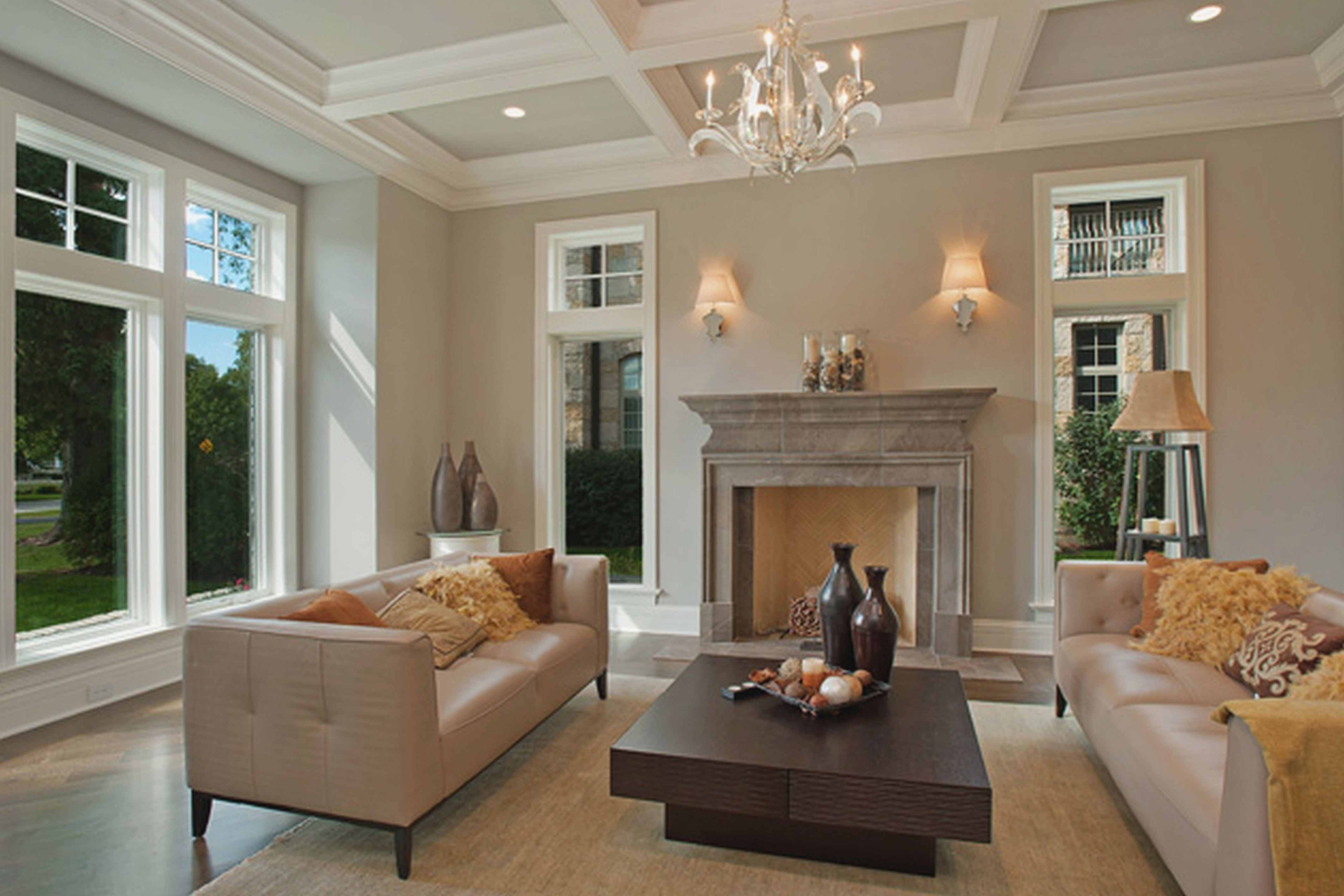

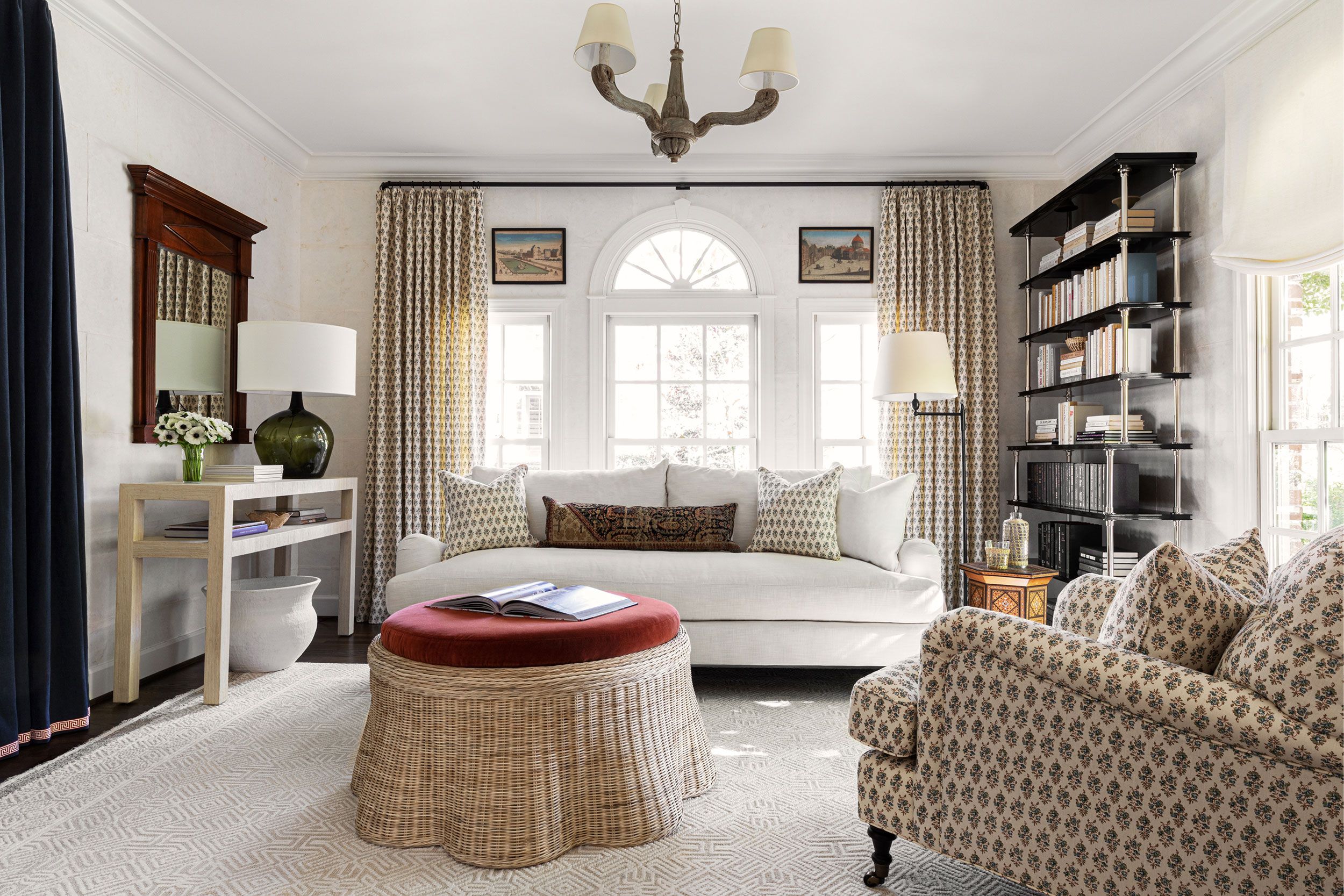
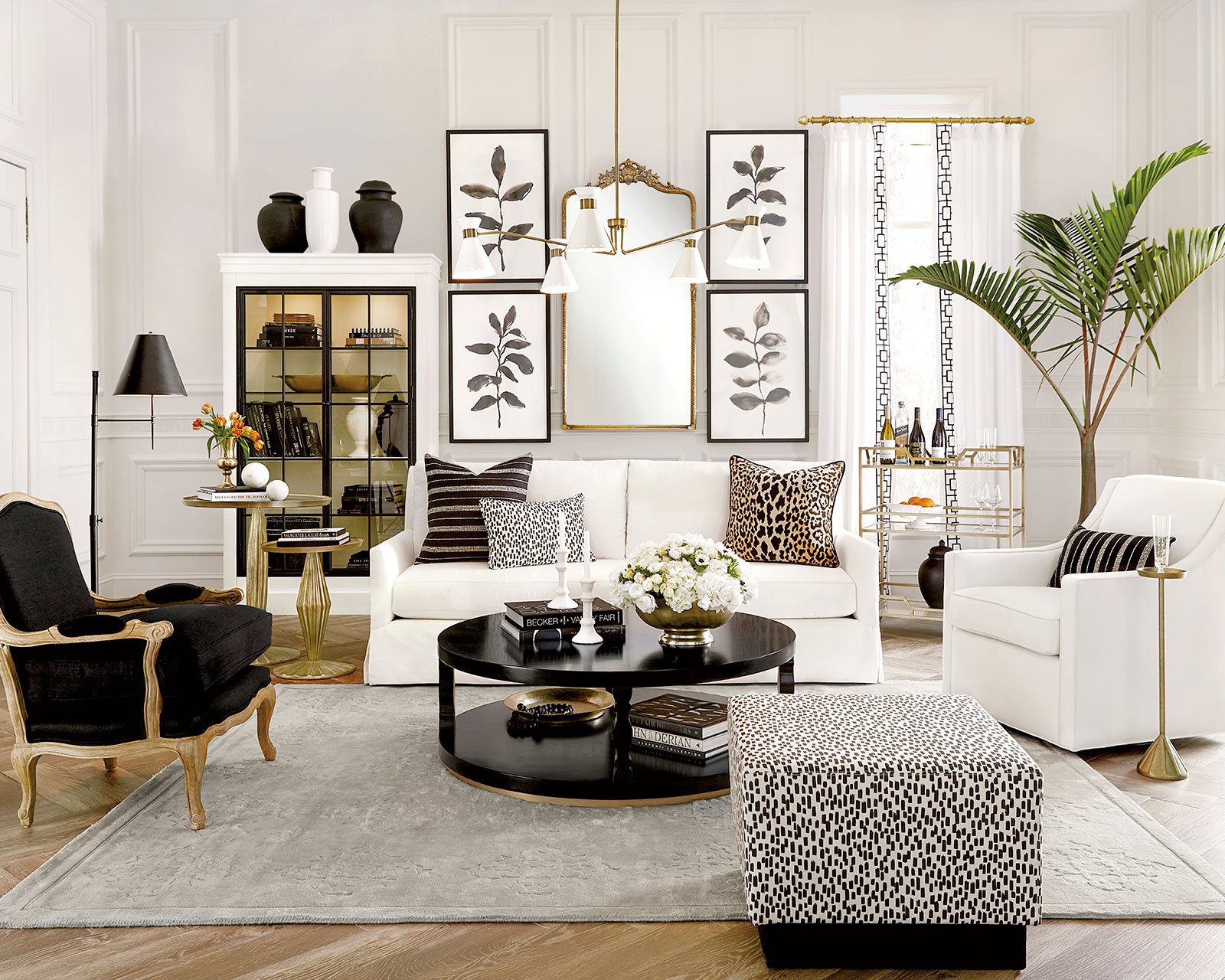
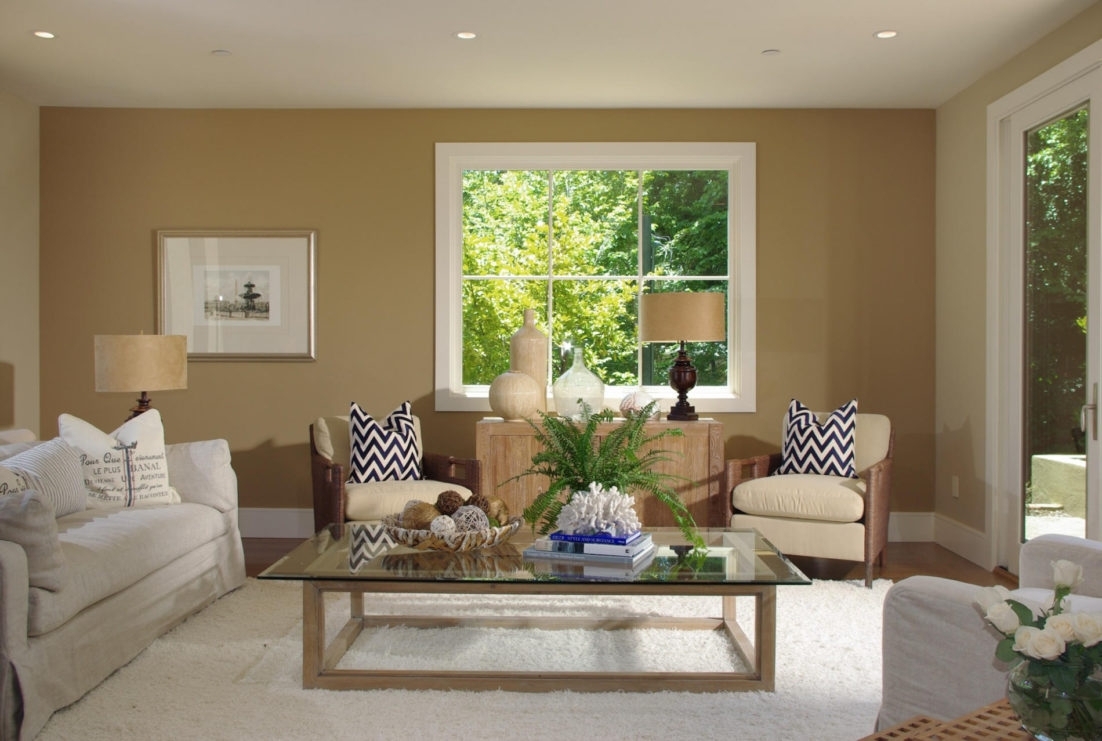

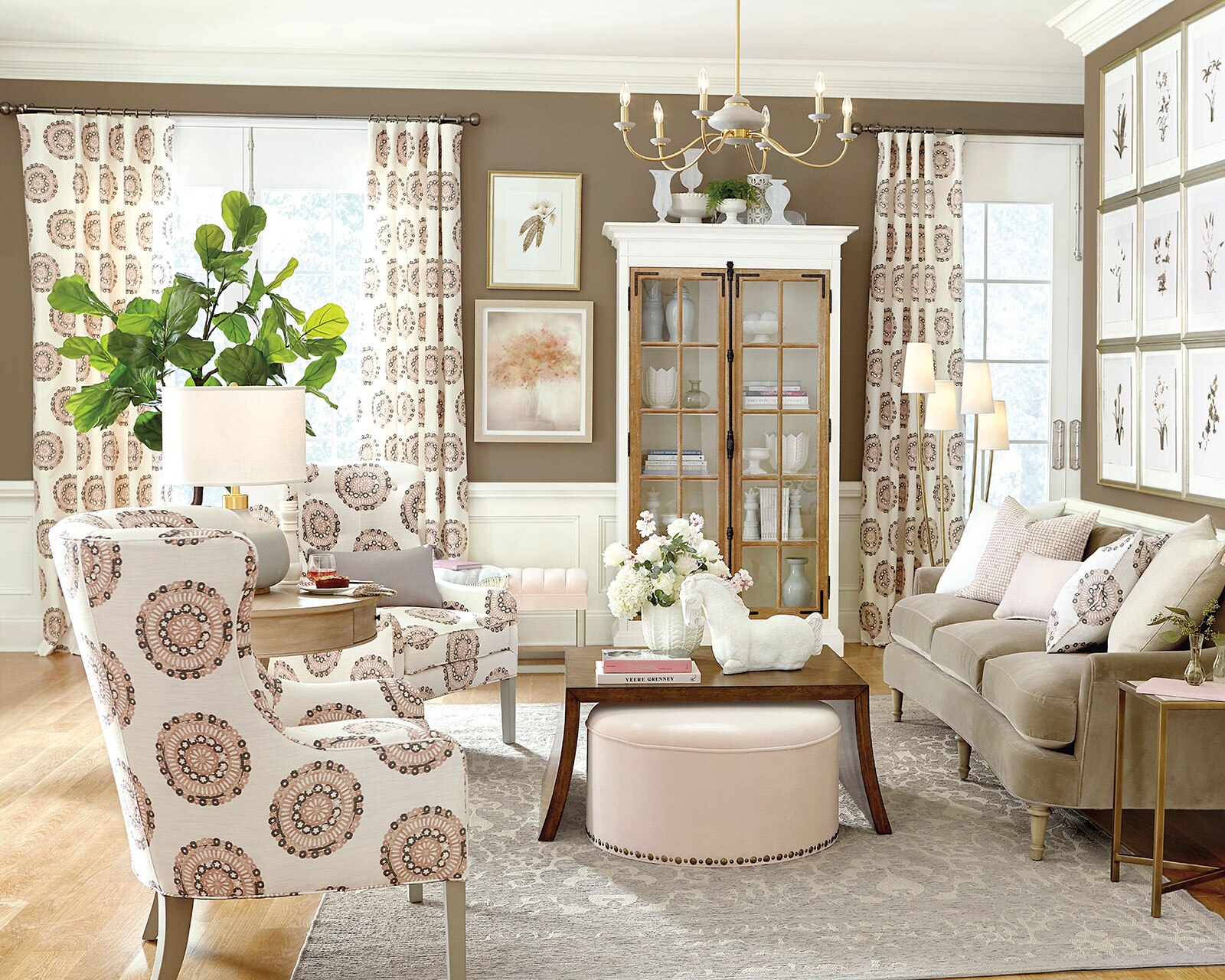

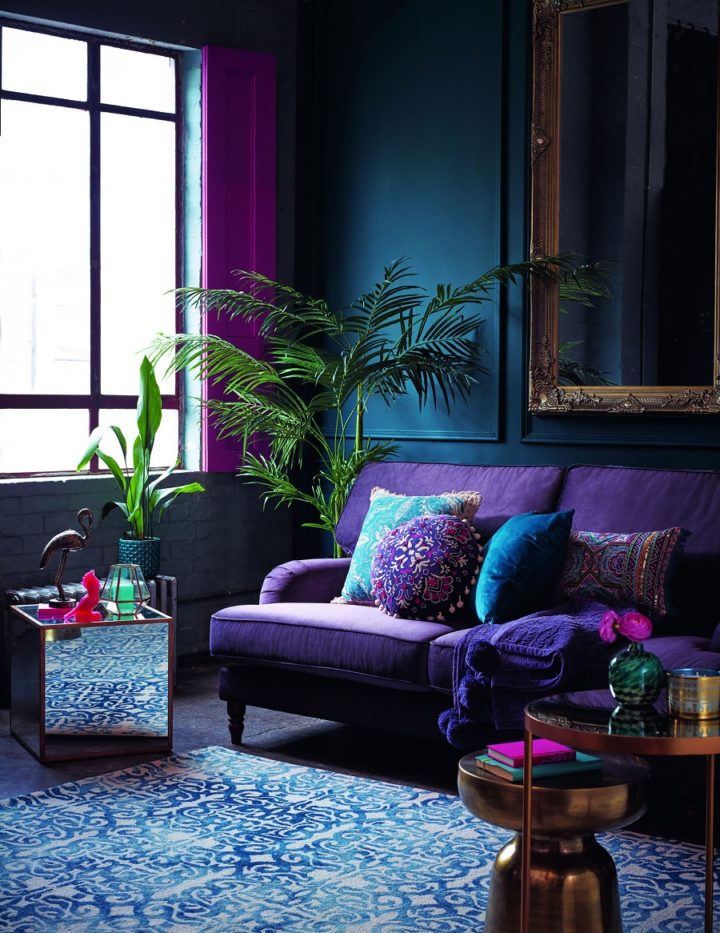



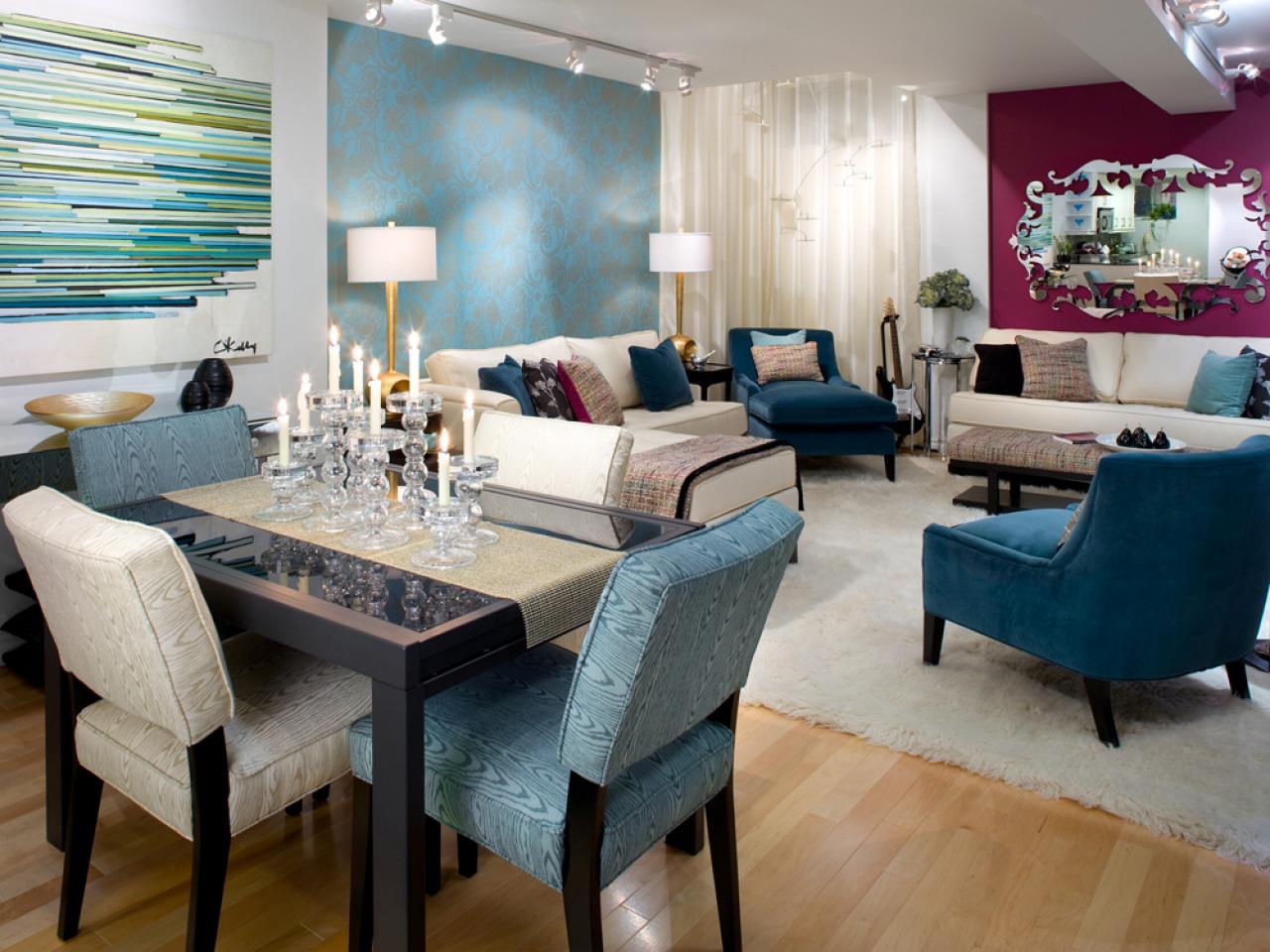
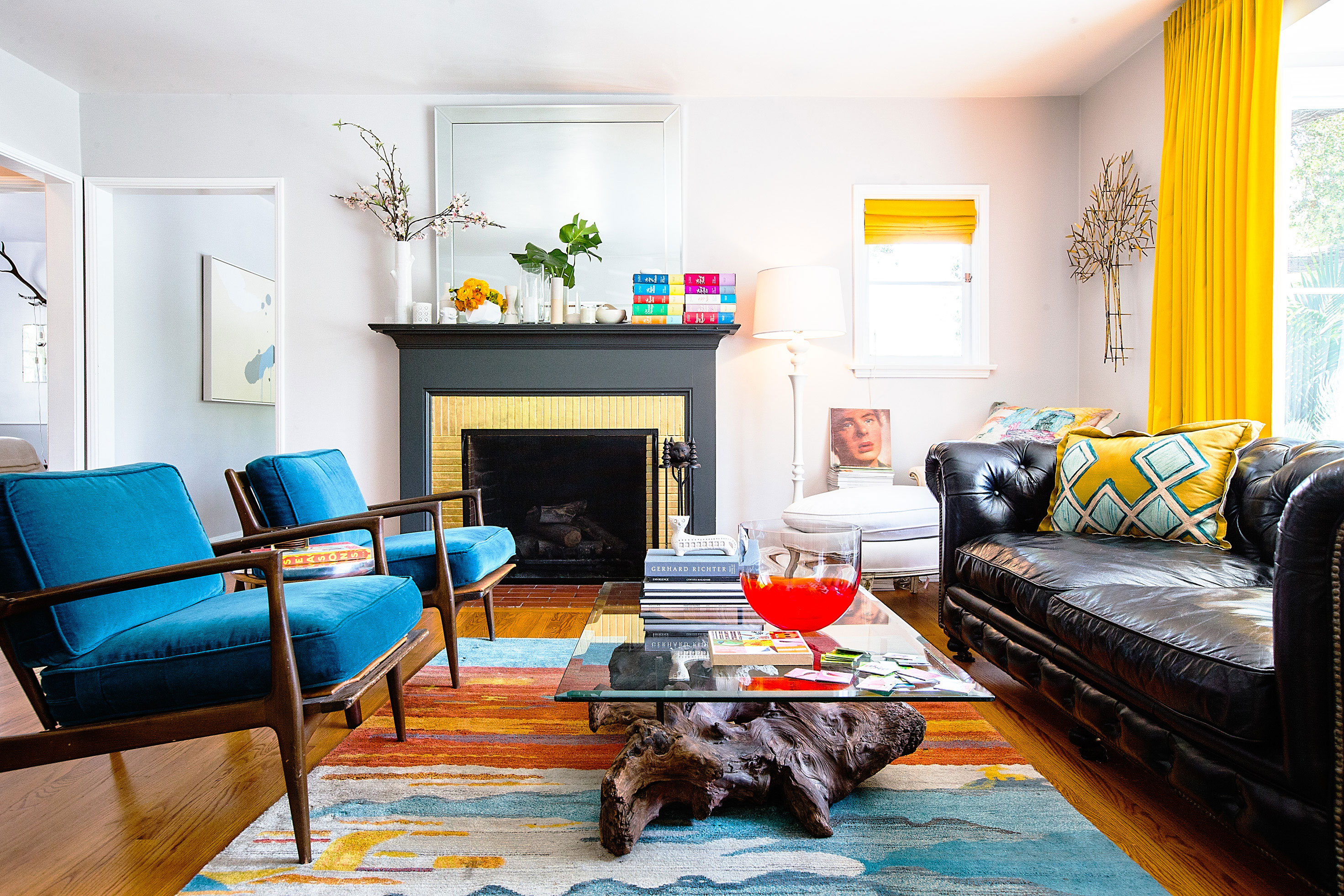





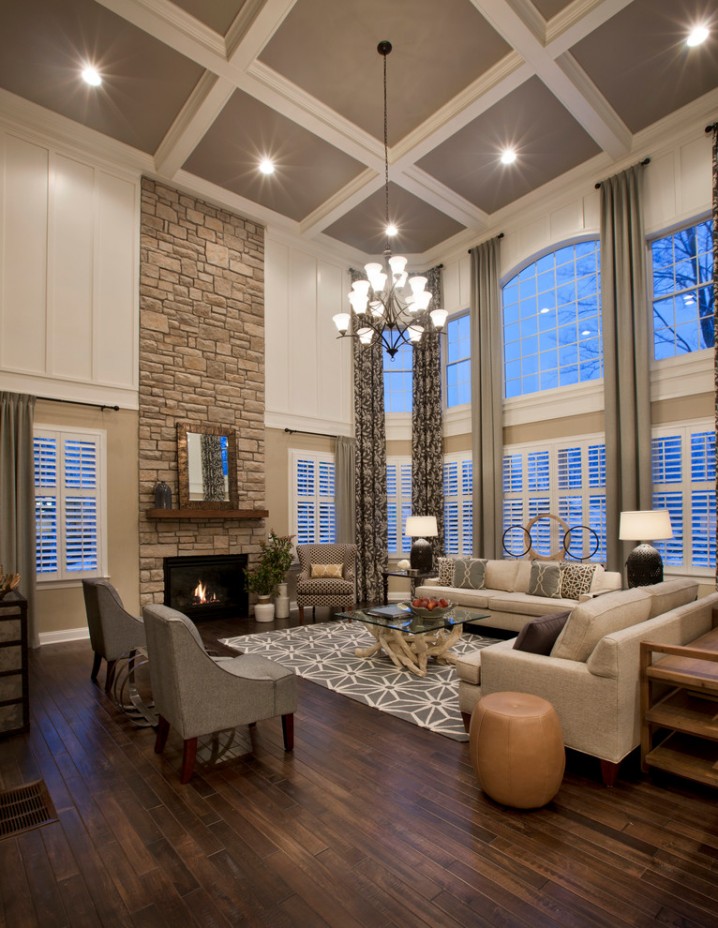



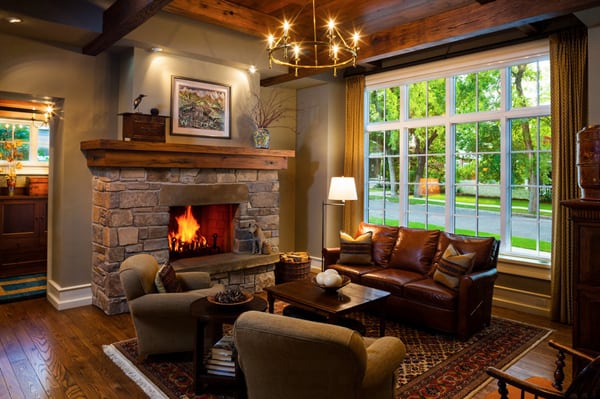

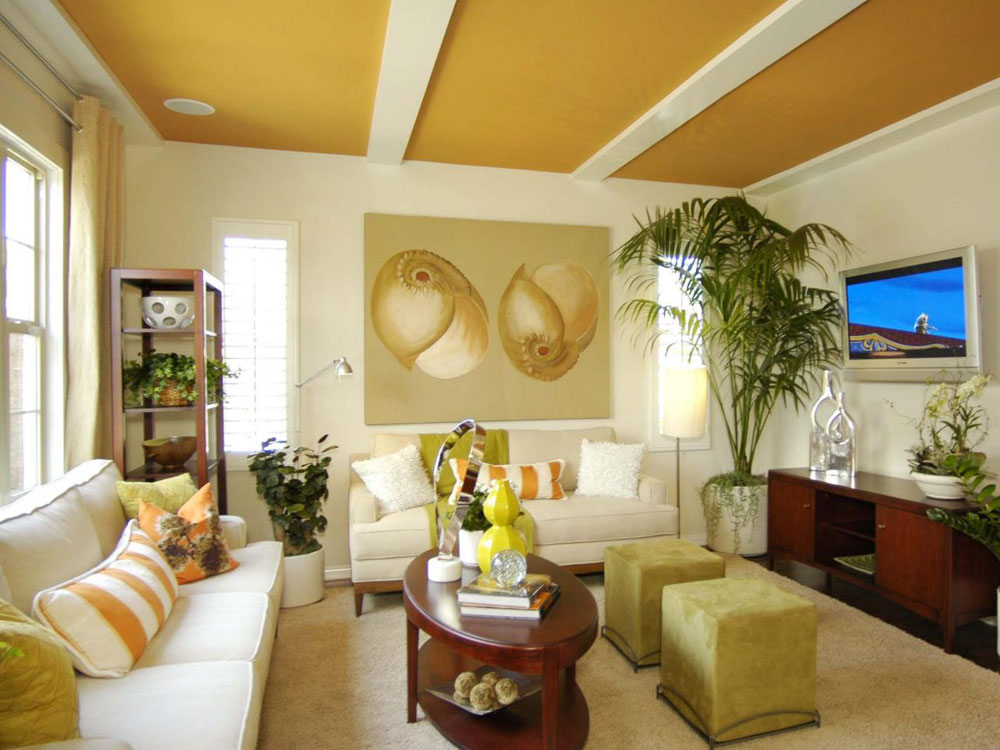

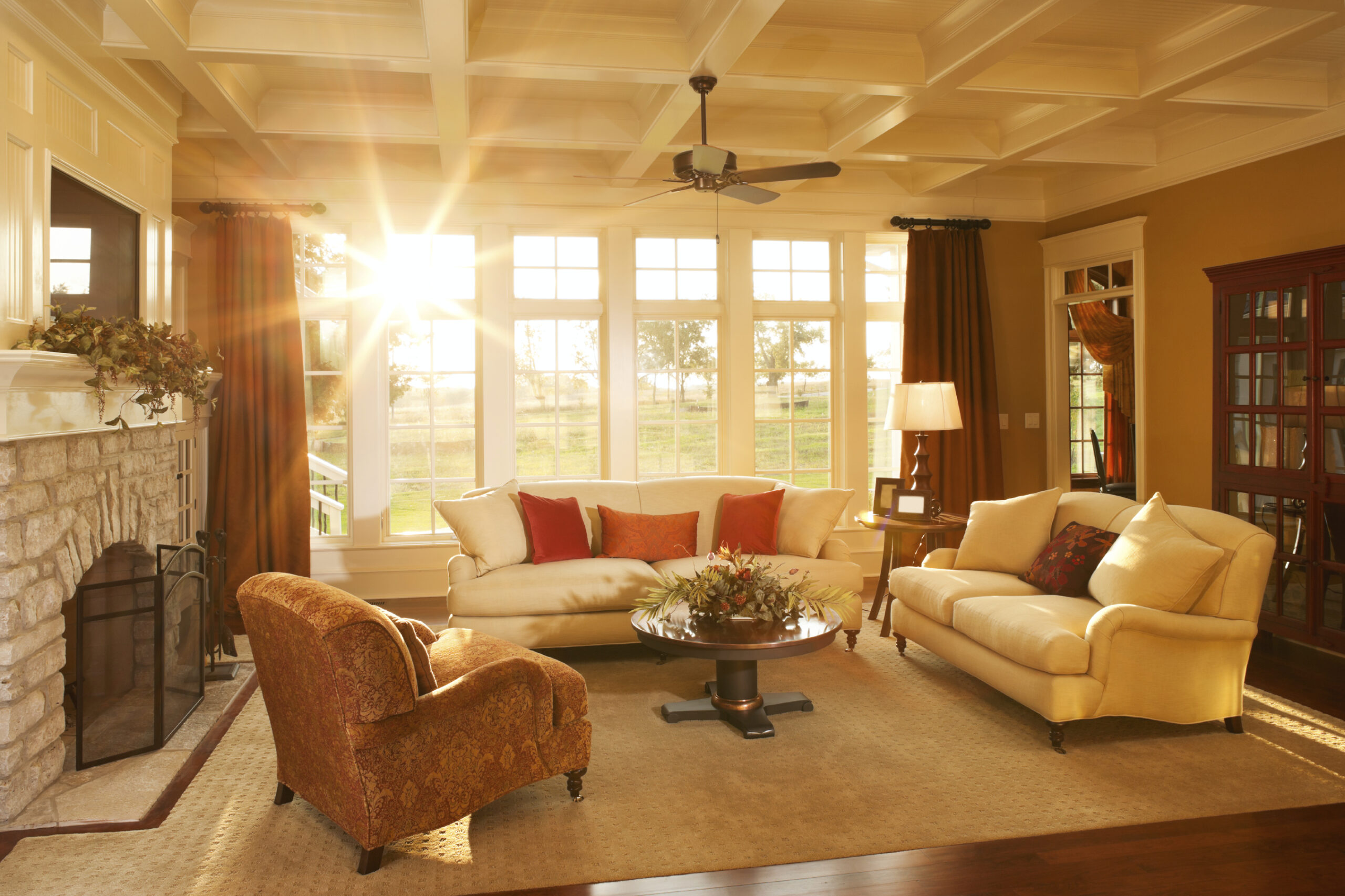
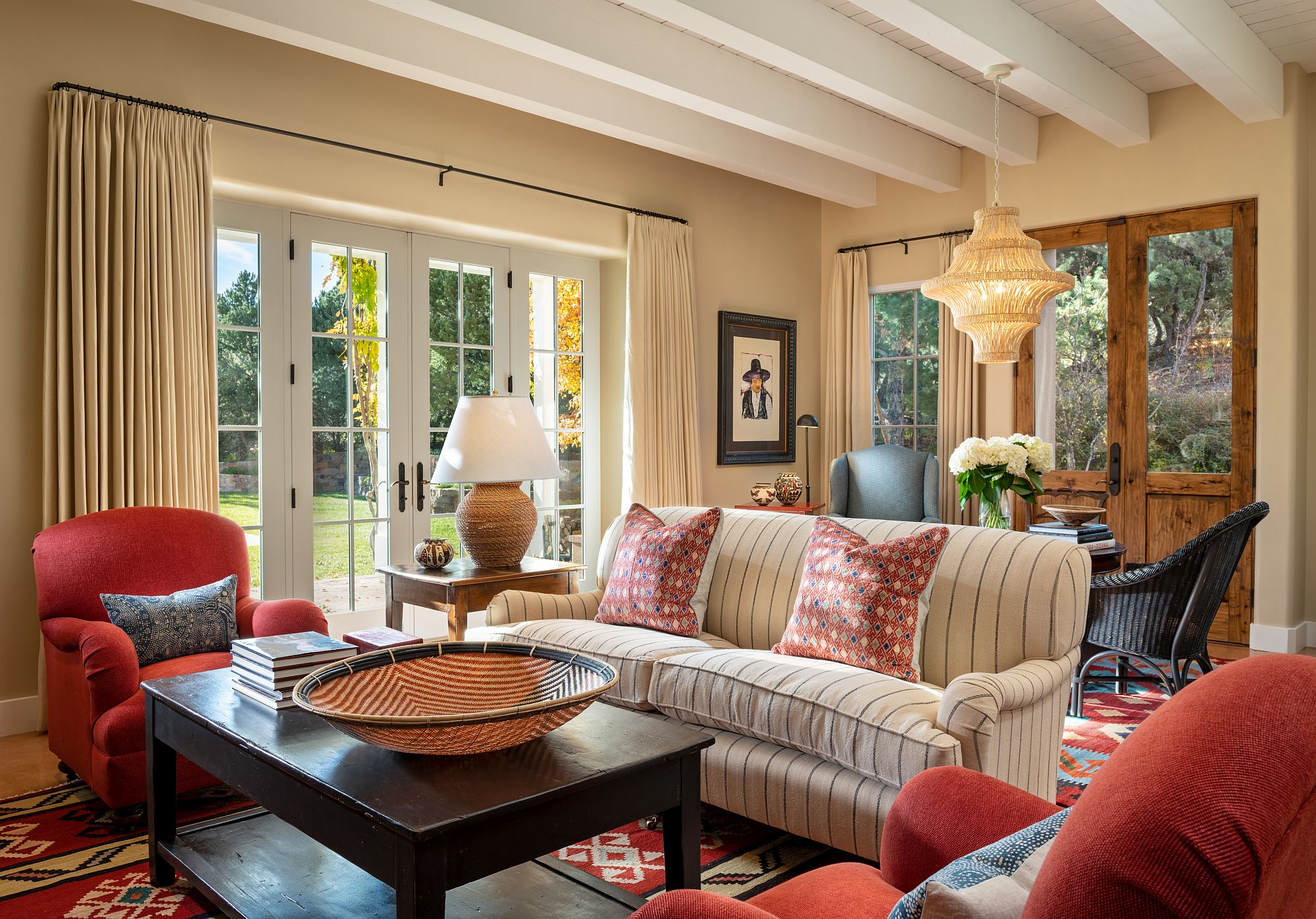


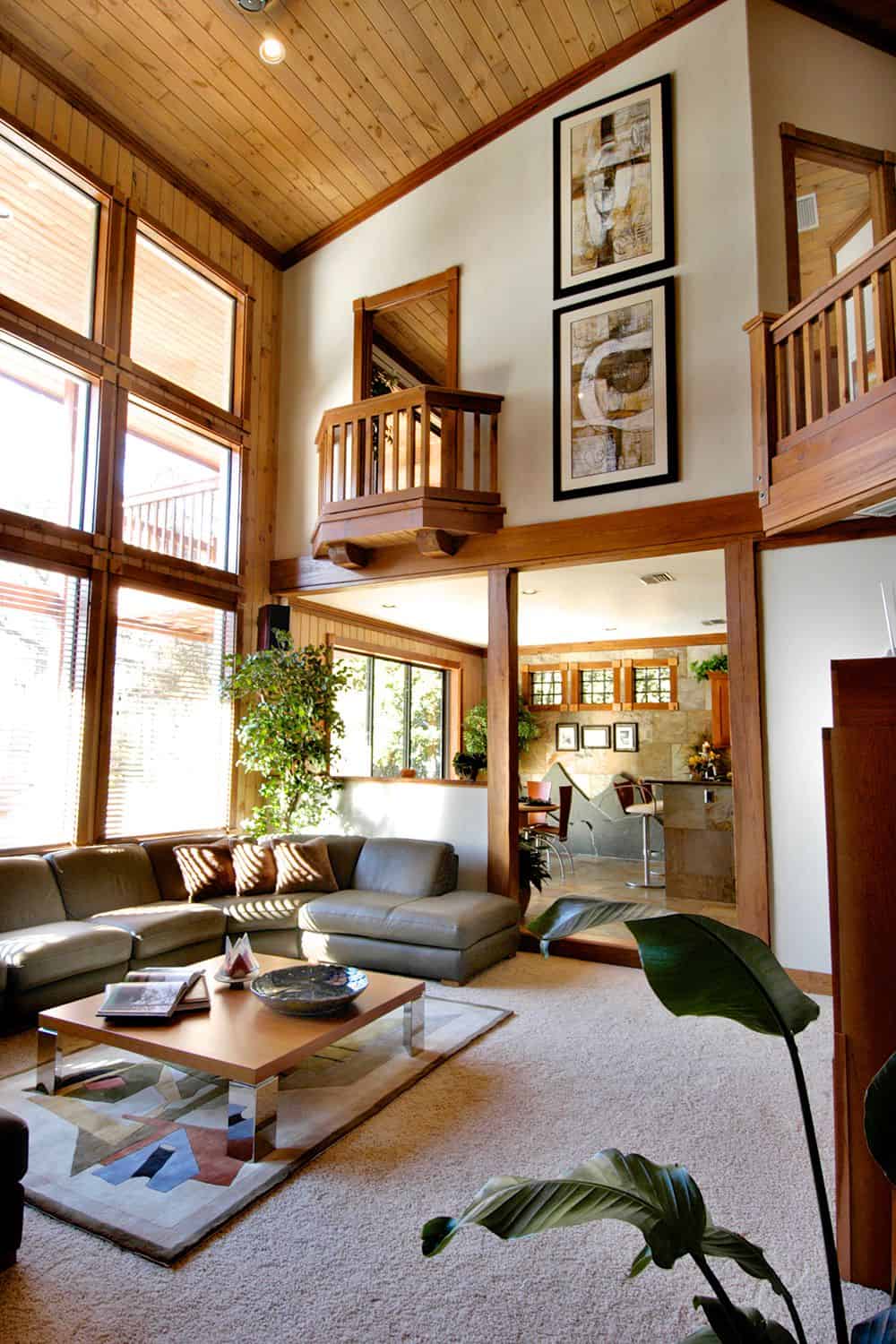








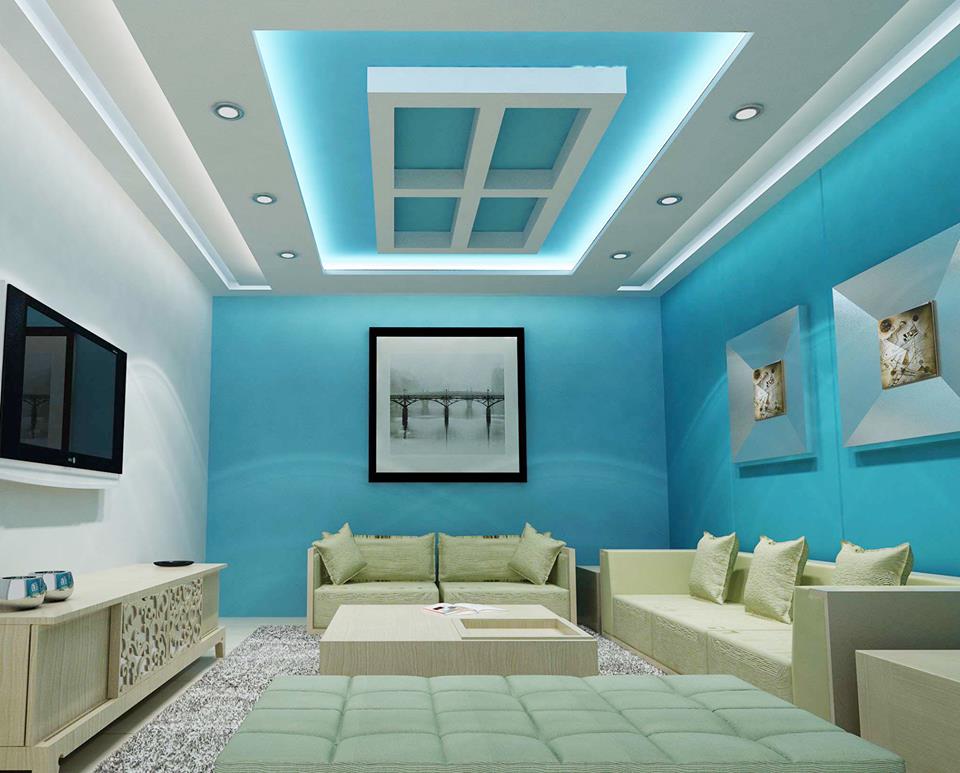




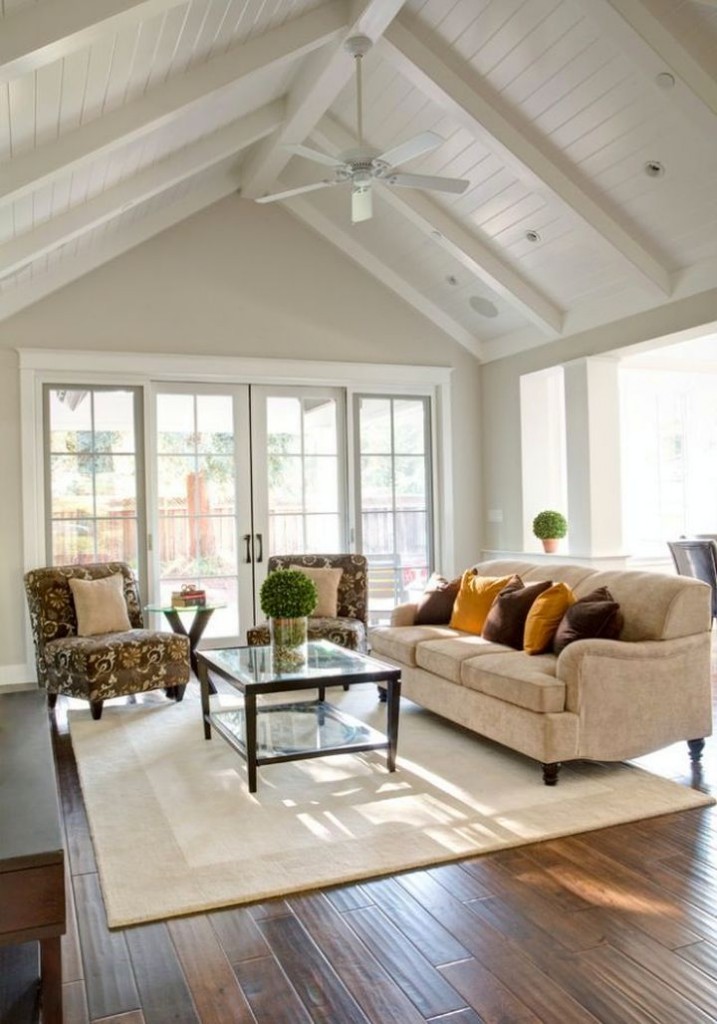
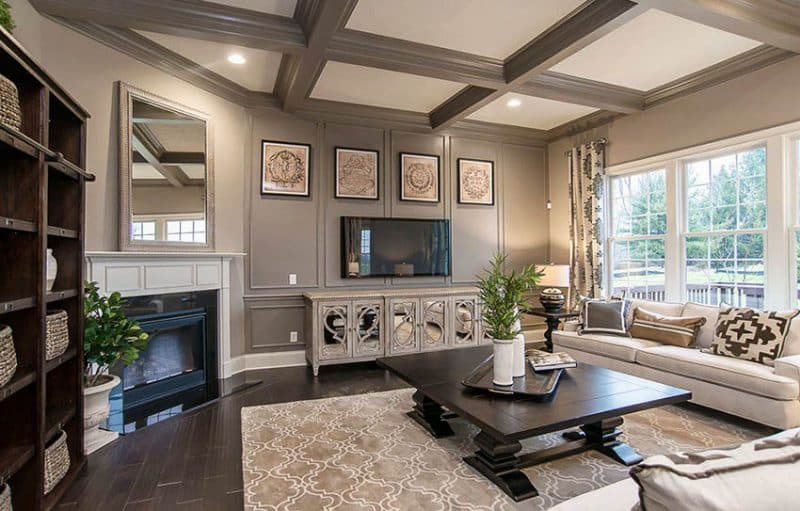
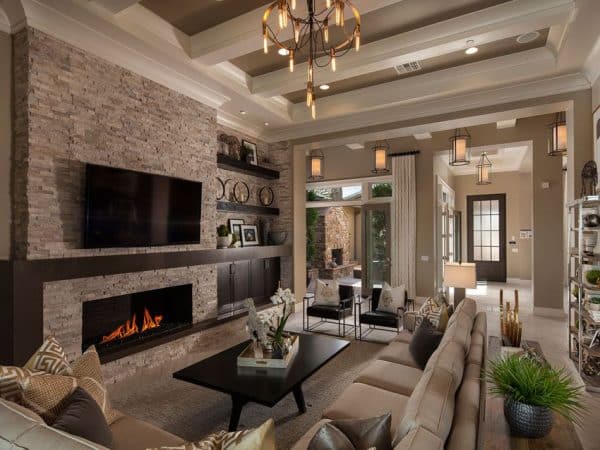


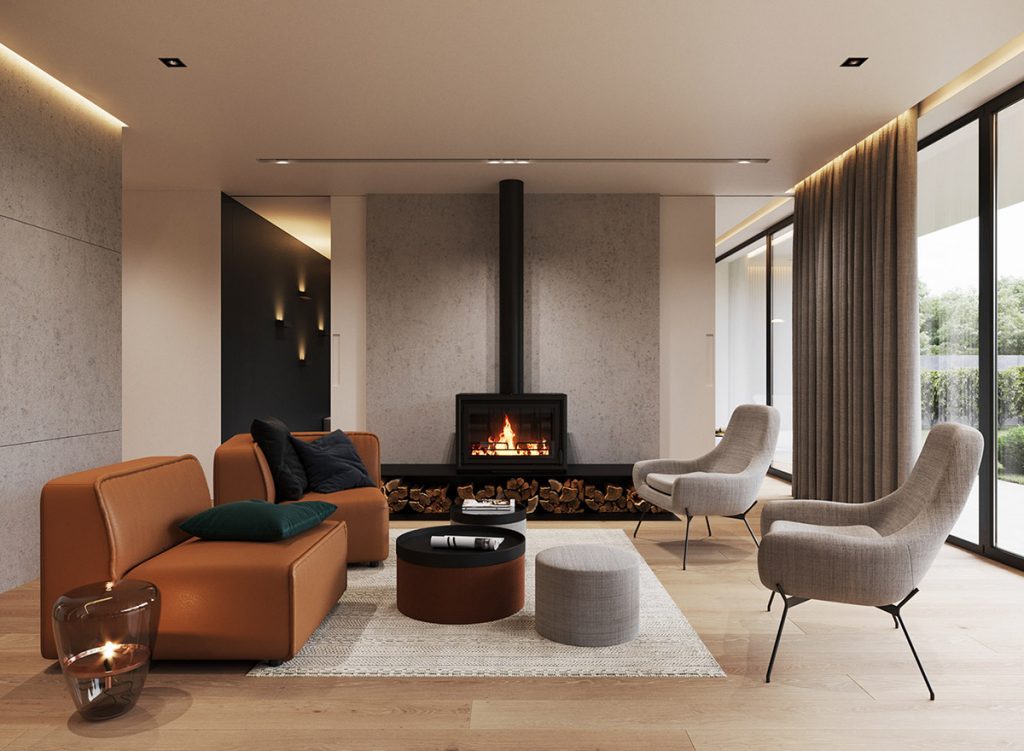








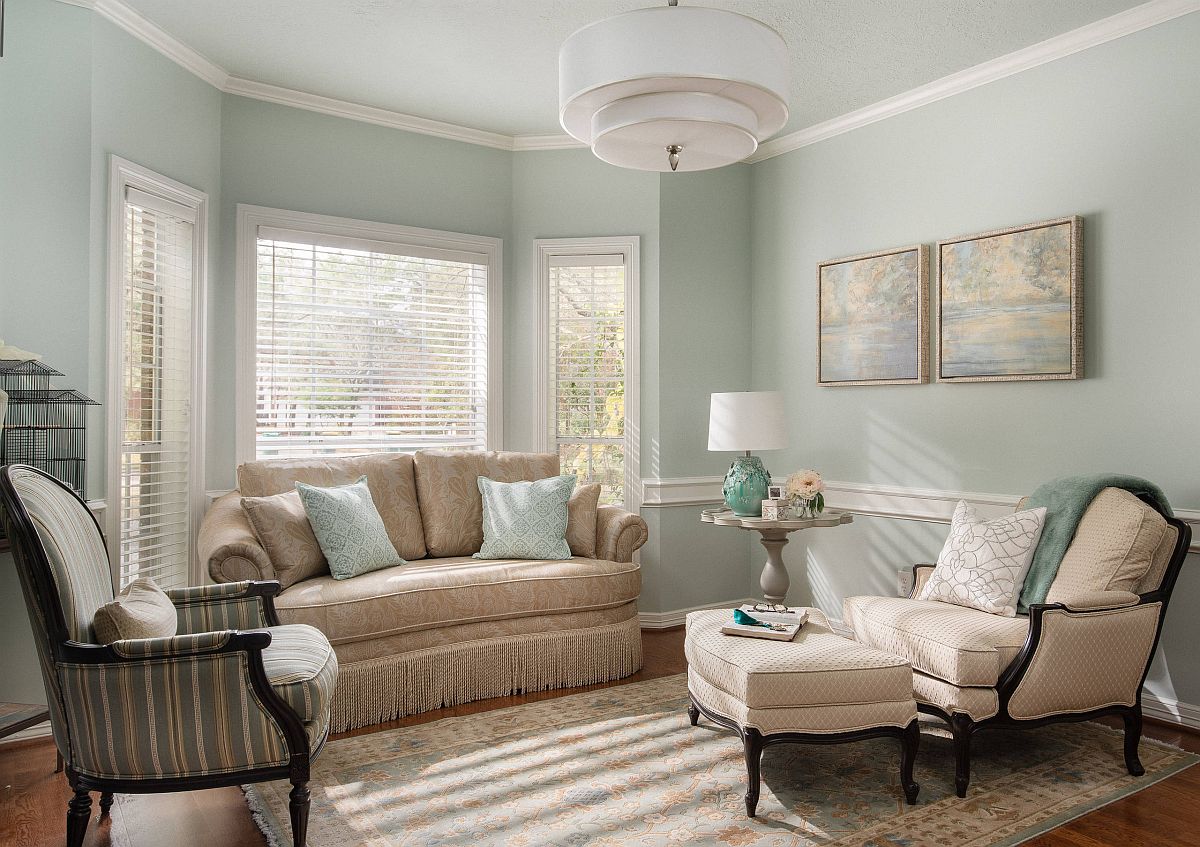



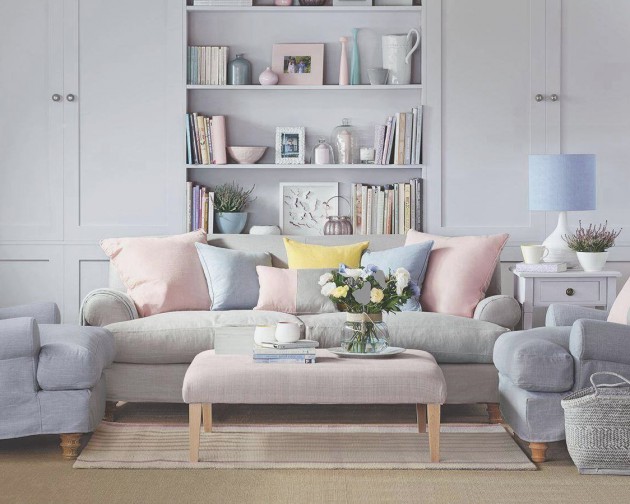


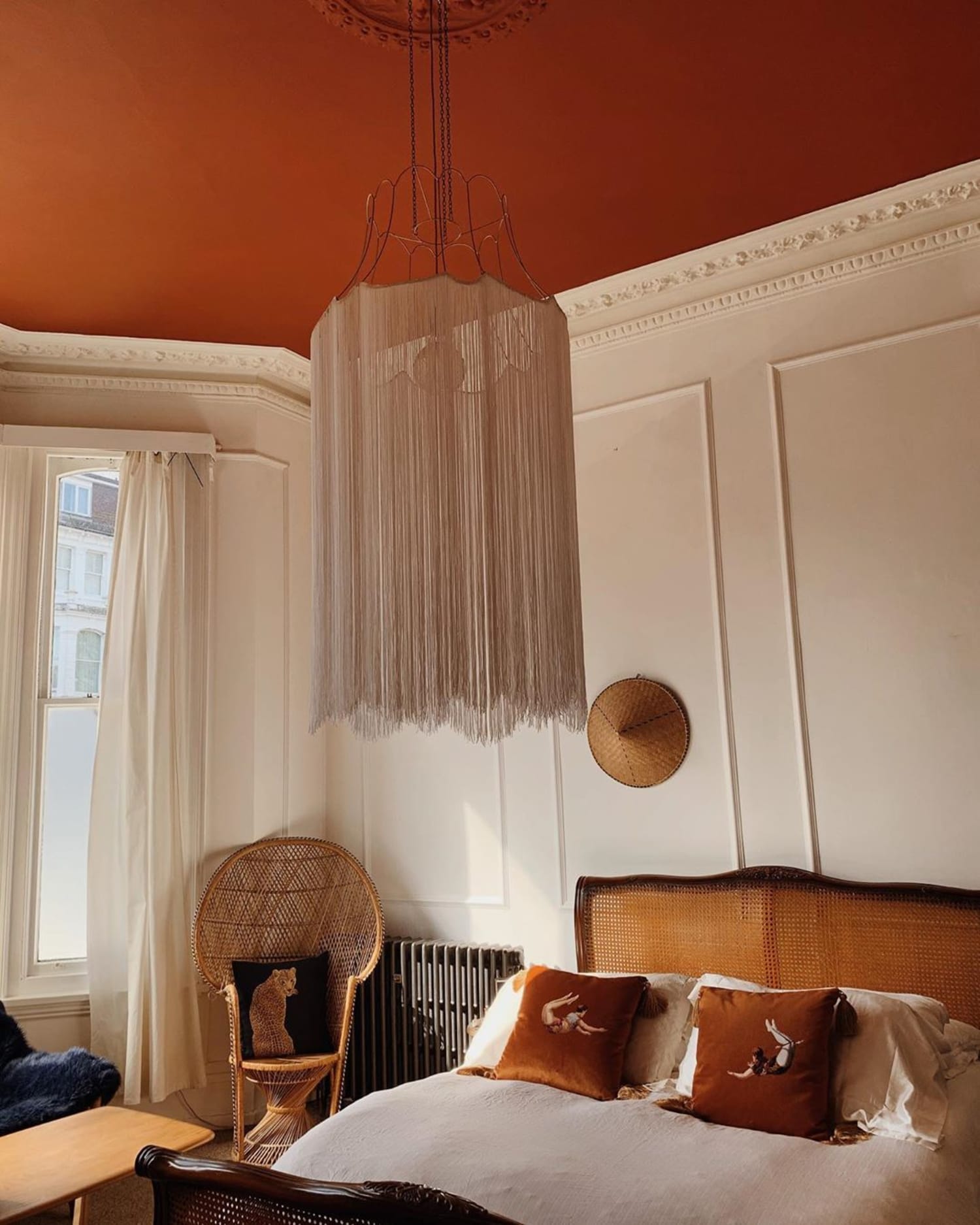




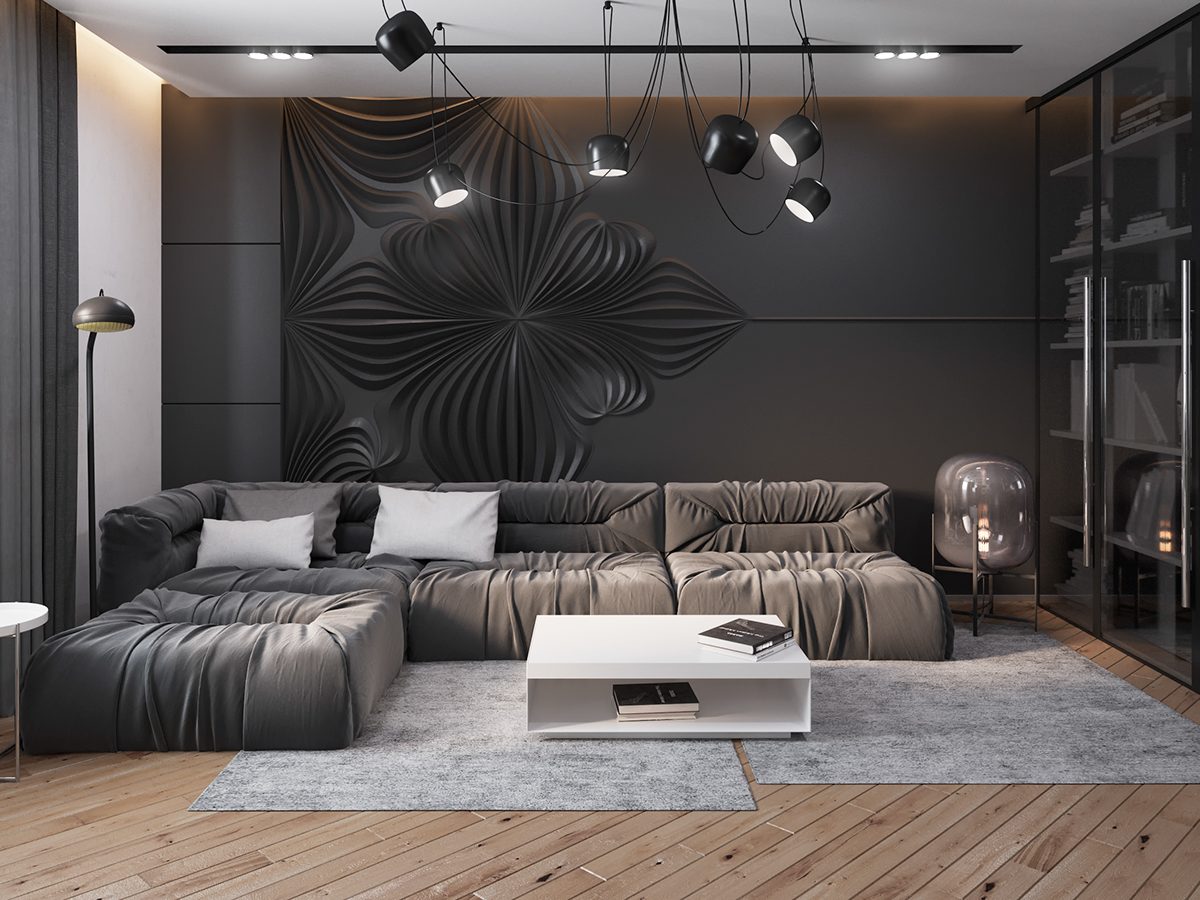
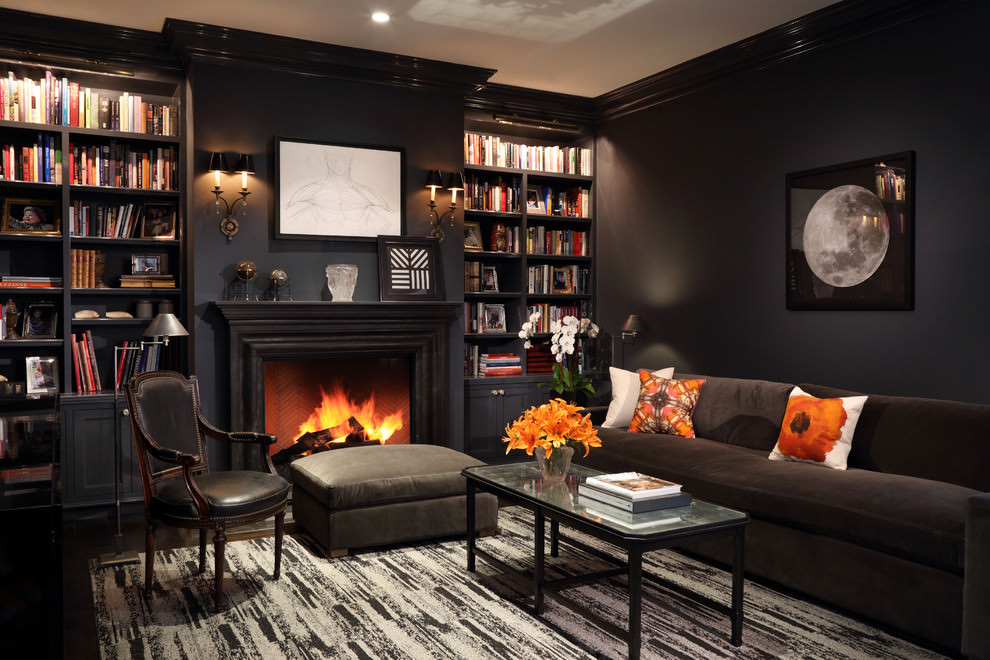

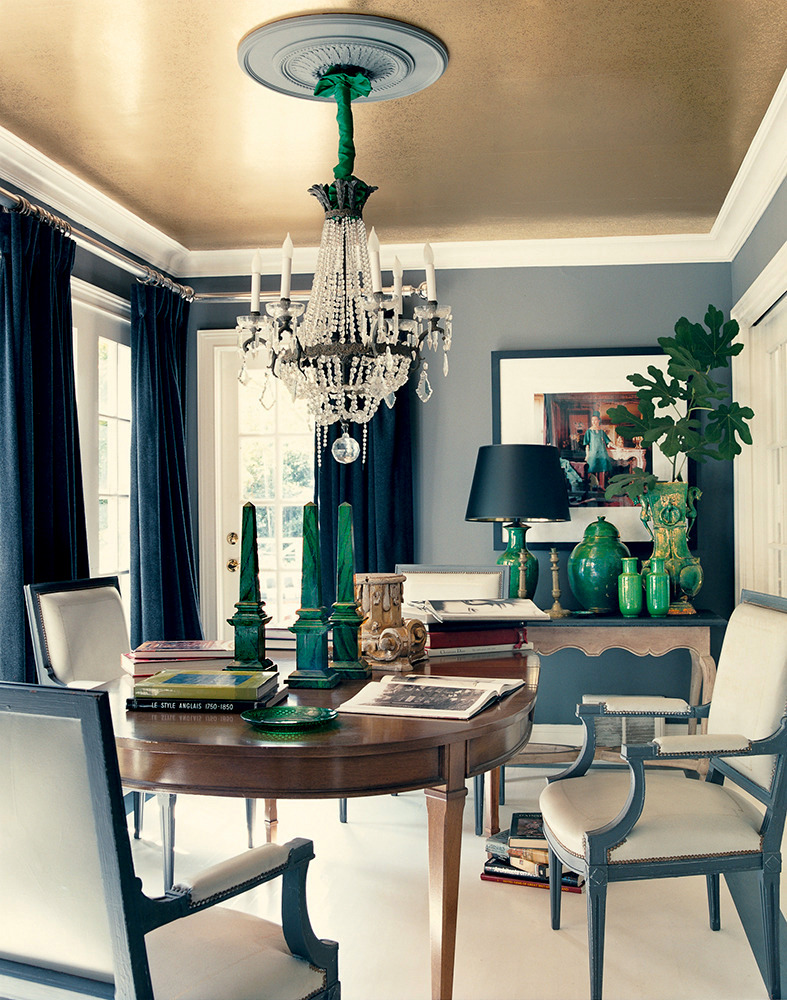


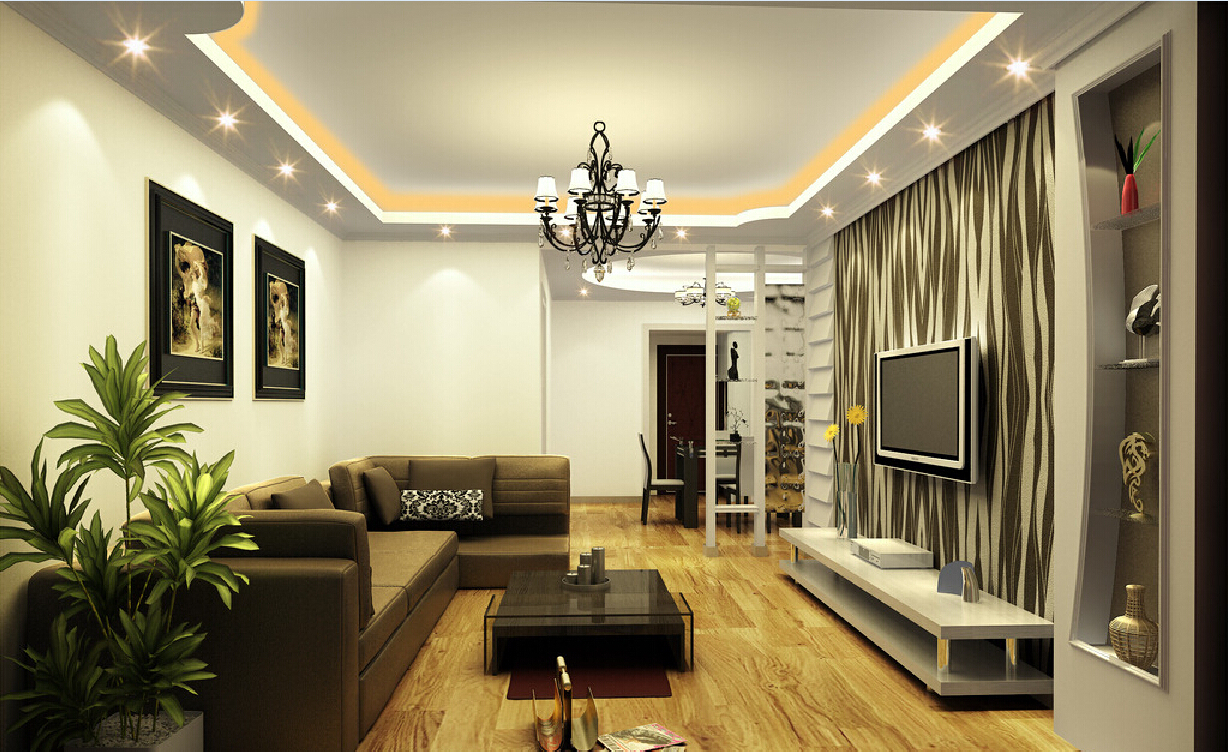
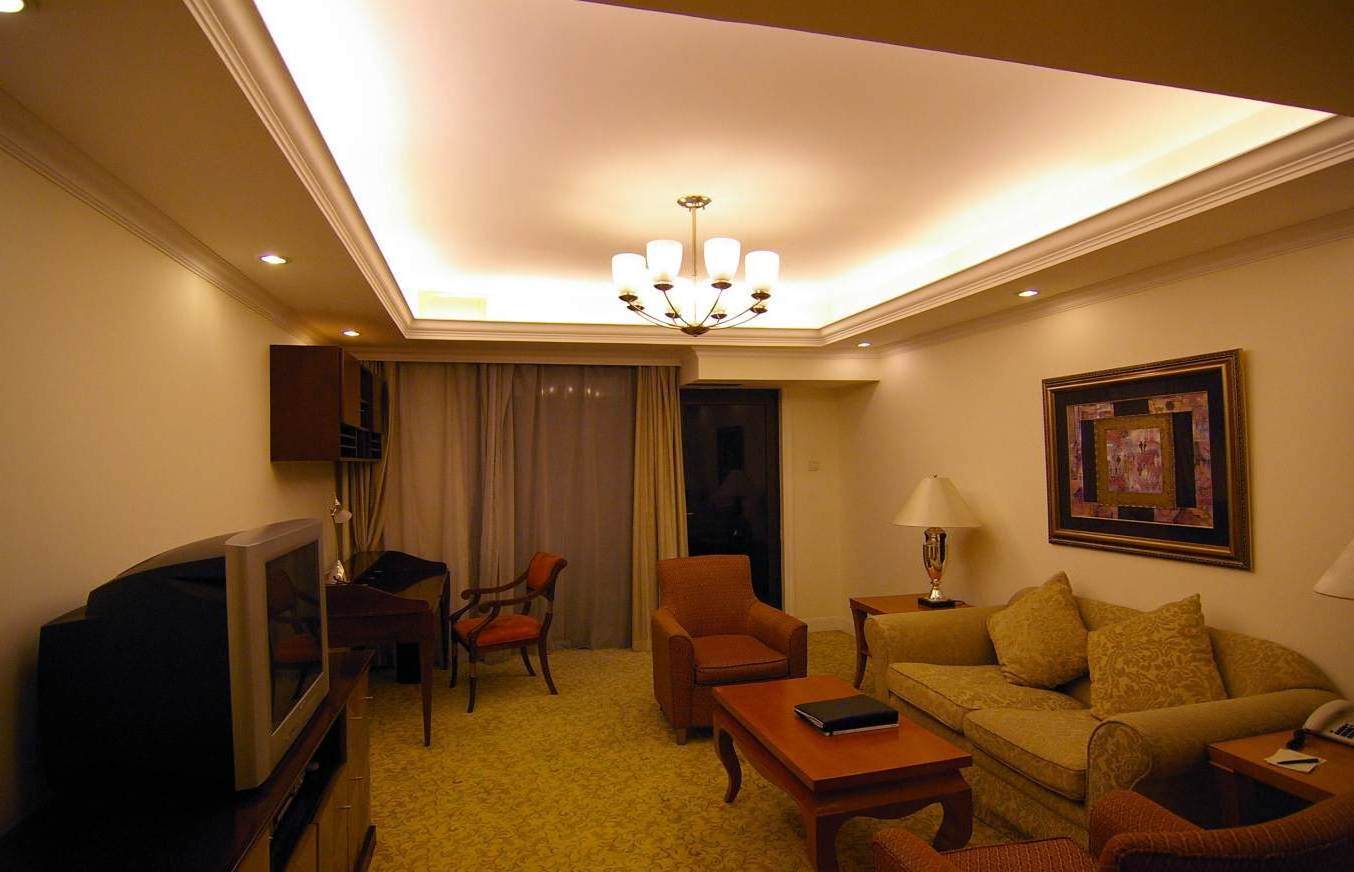
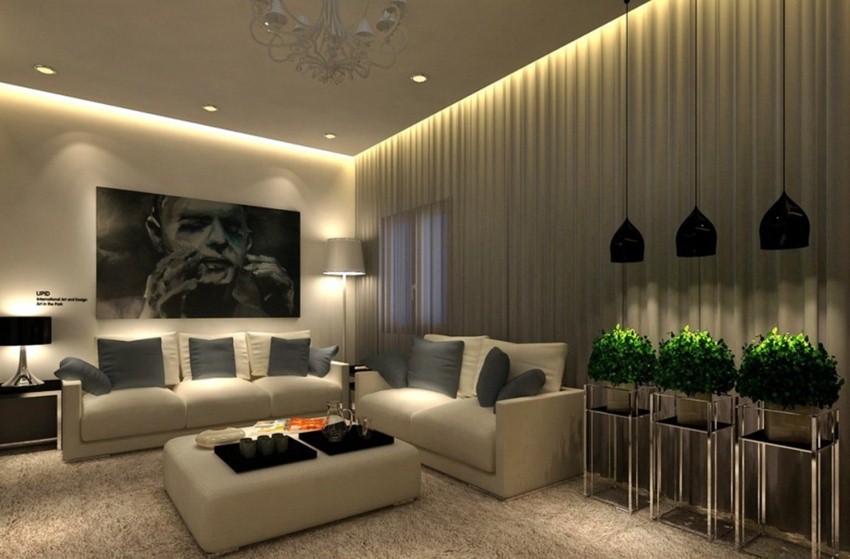
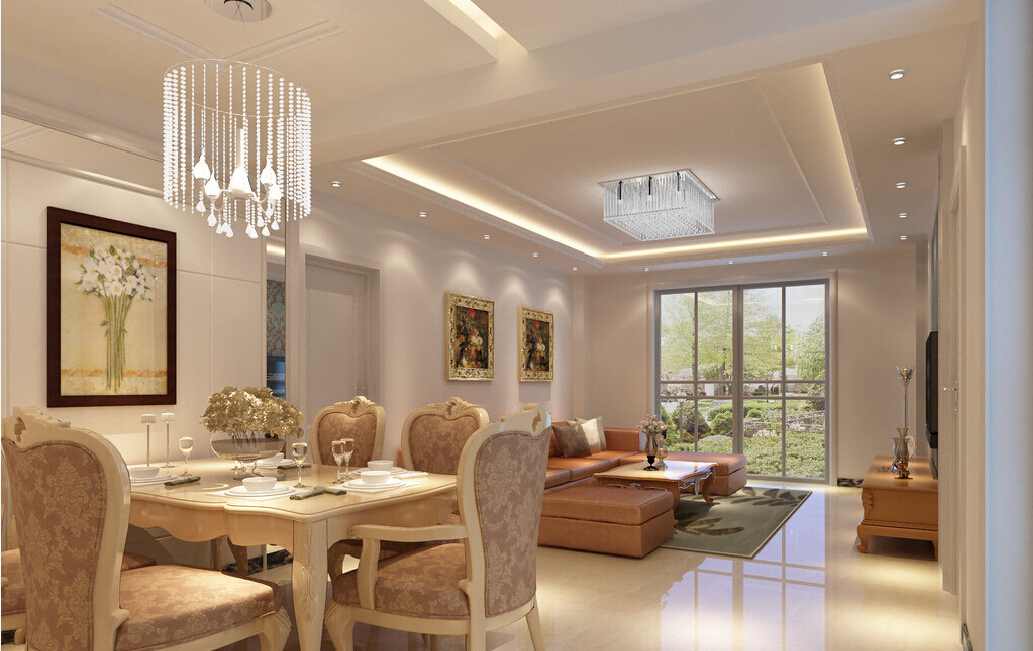


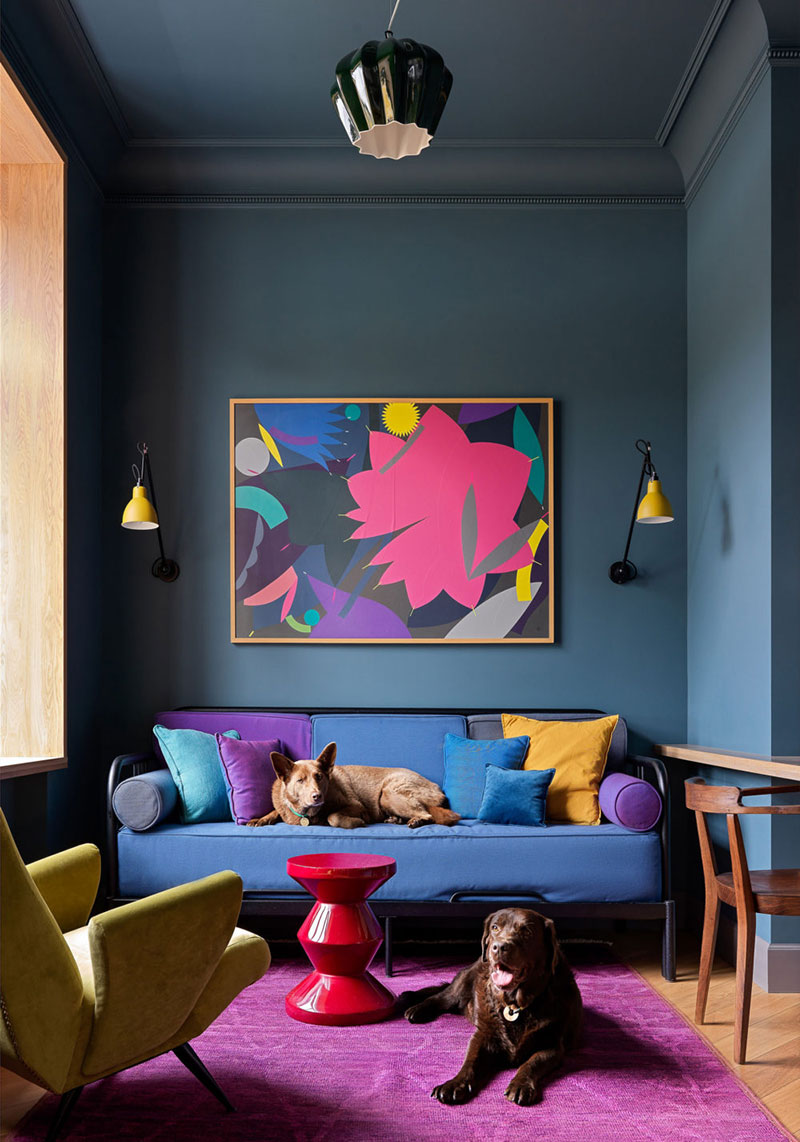



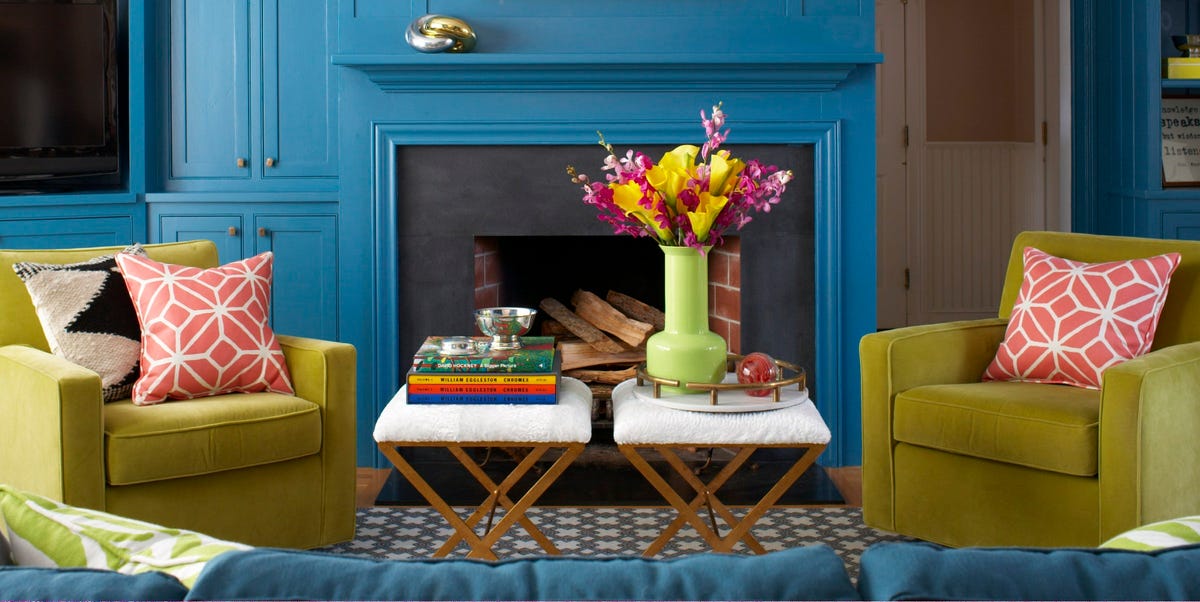

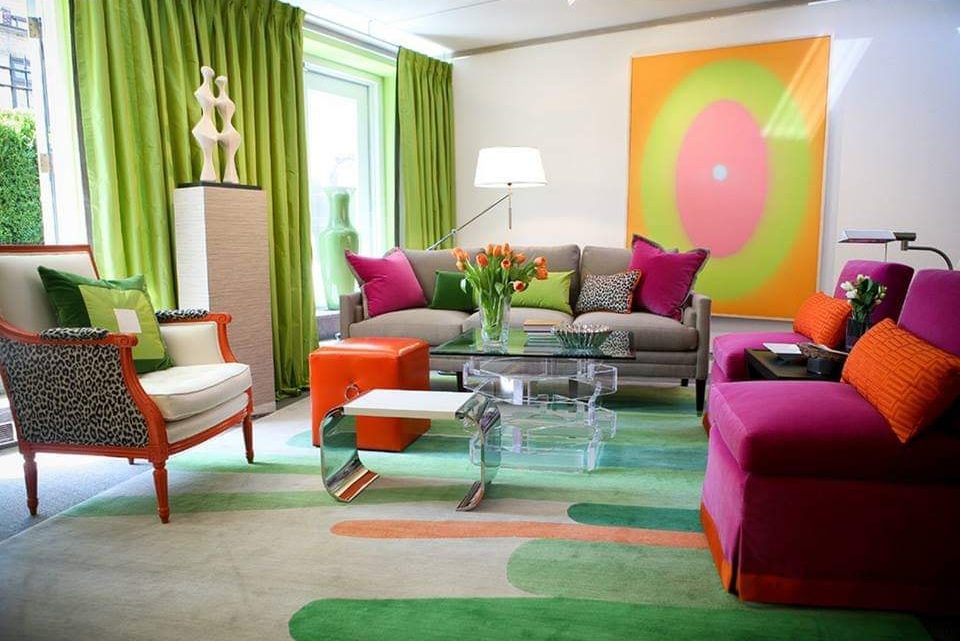
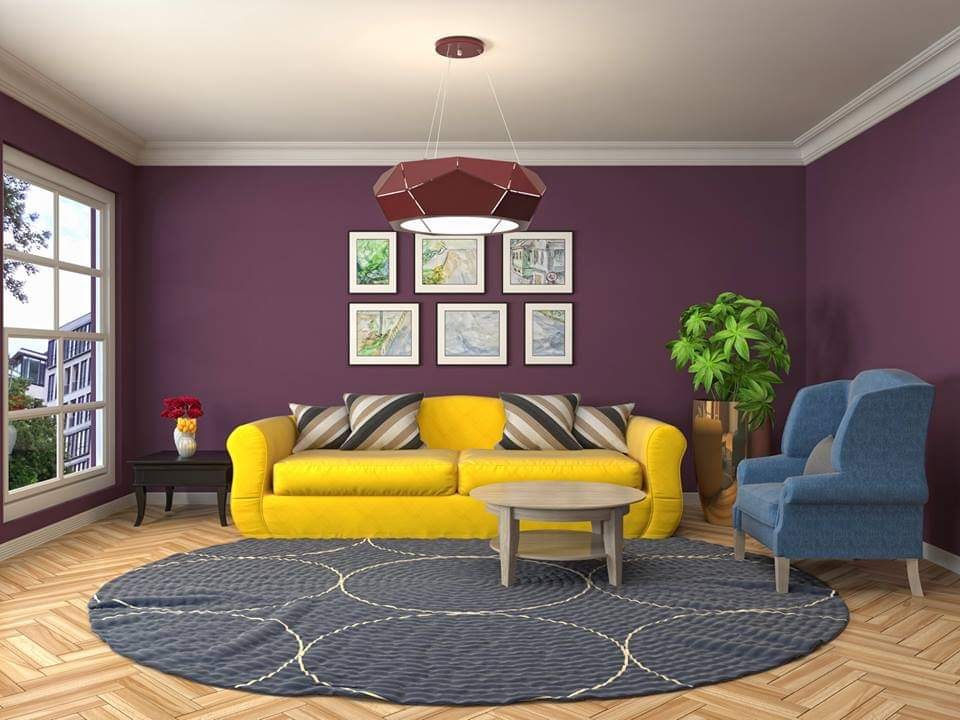





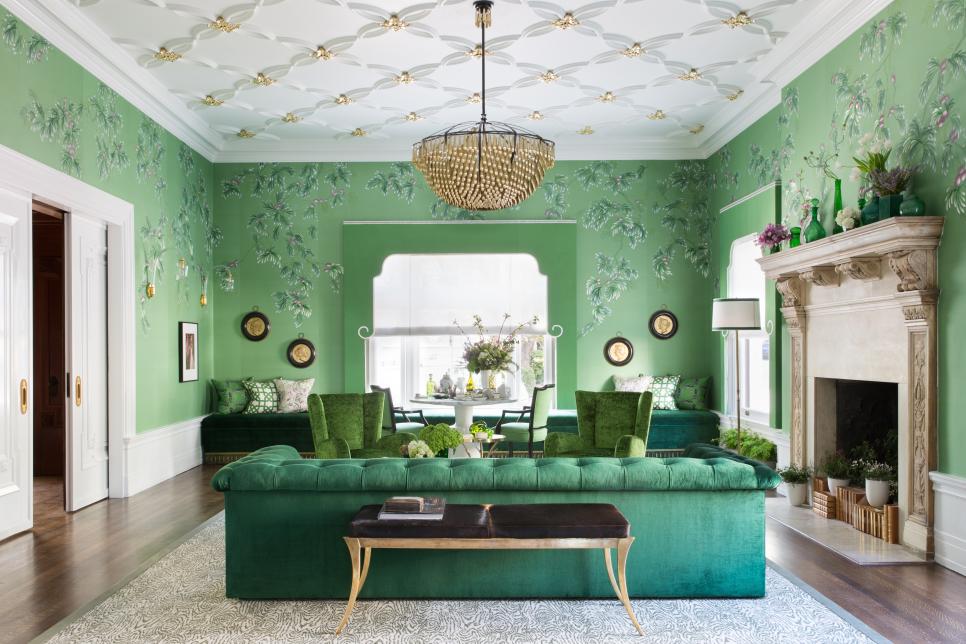
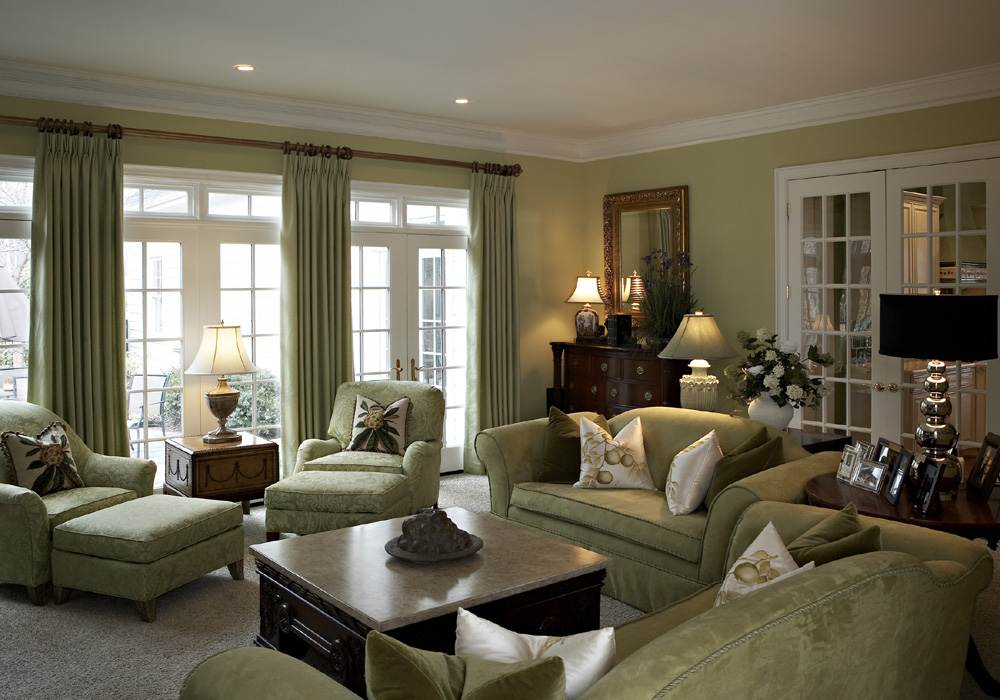
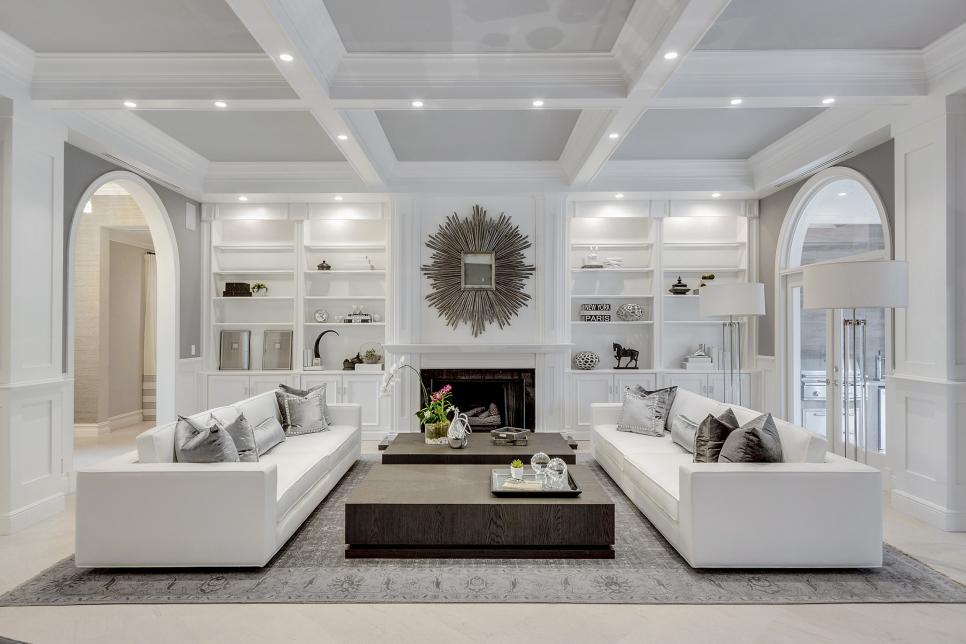
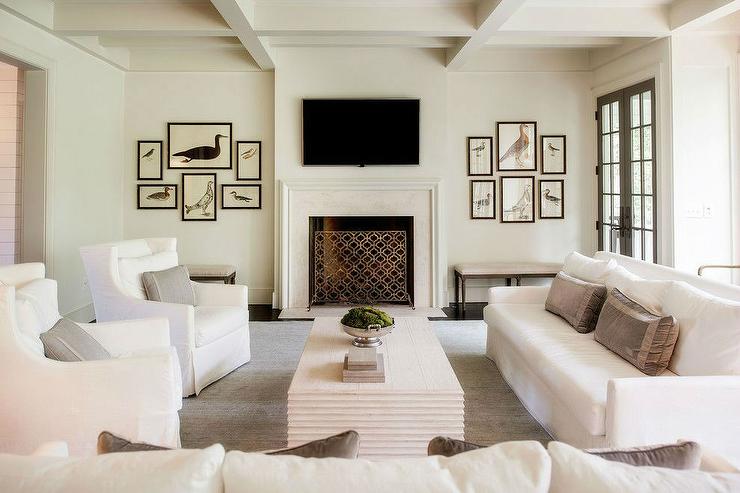



:max_bytes(150000):strip_icc()/Litchfield_BeresfordHill_025-5b89787fc9e77c00258aa53c.jpg)






